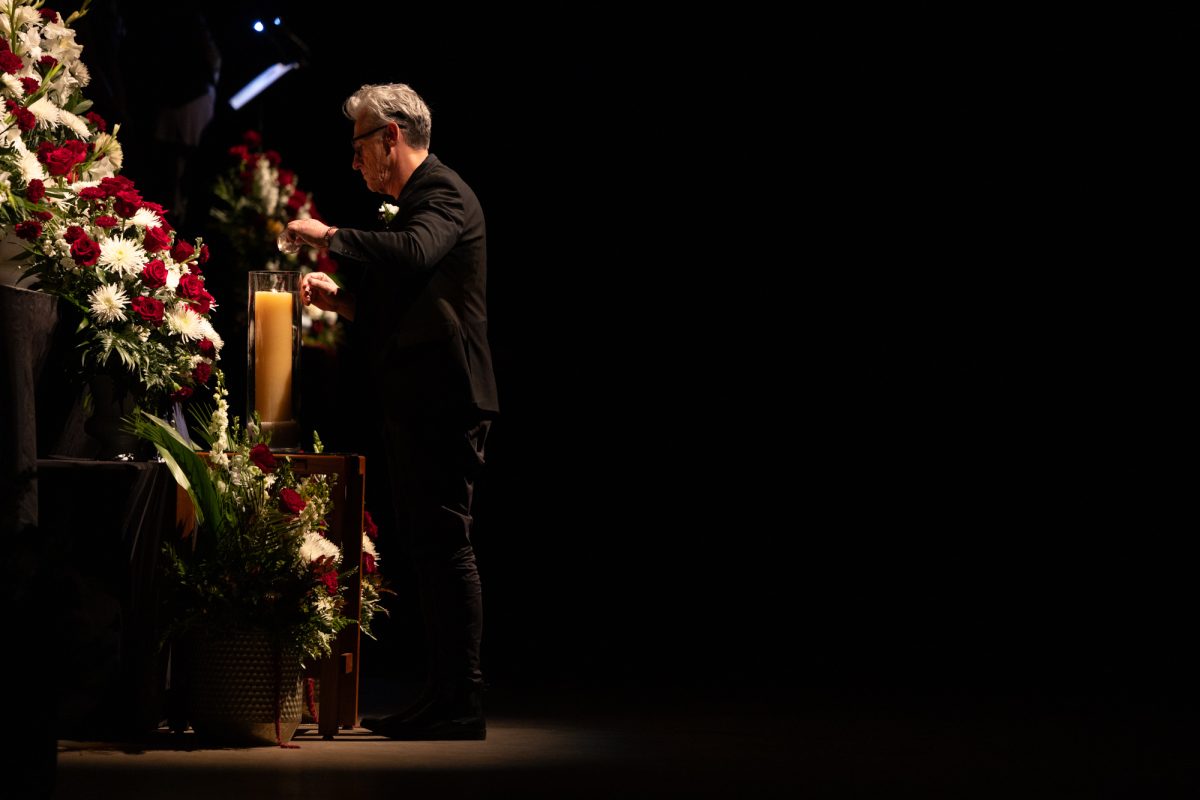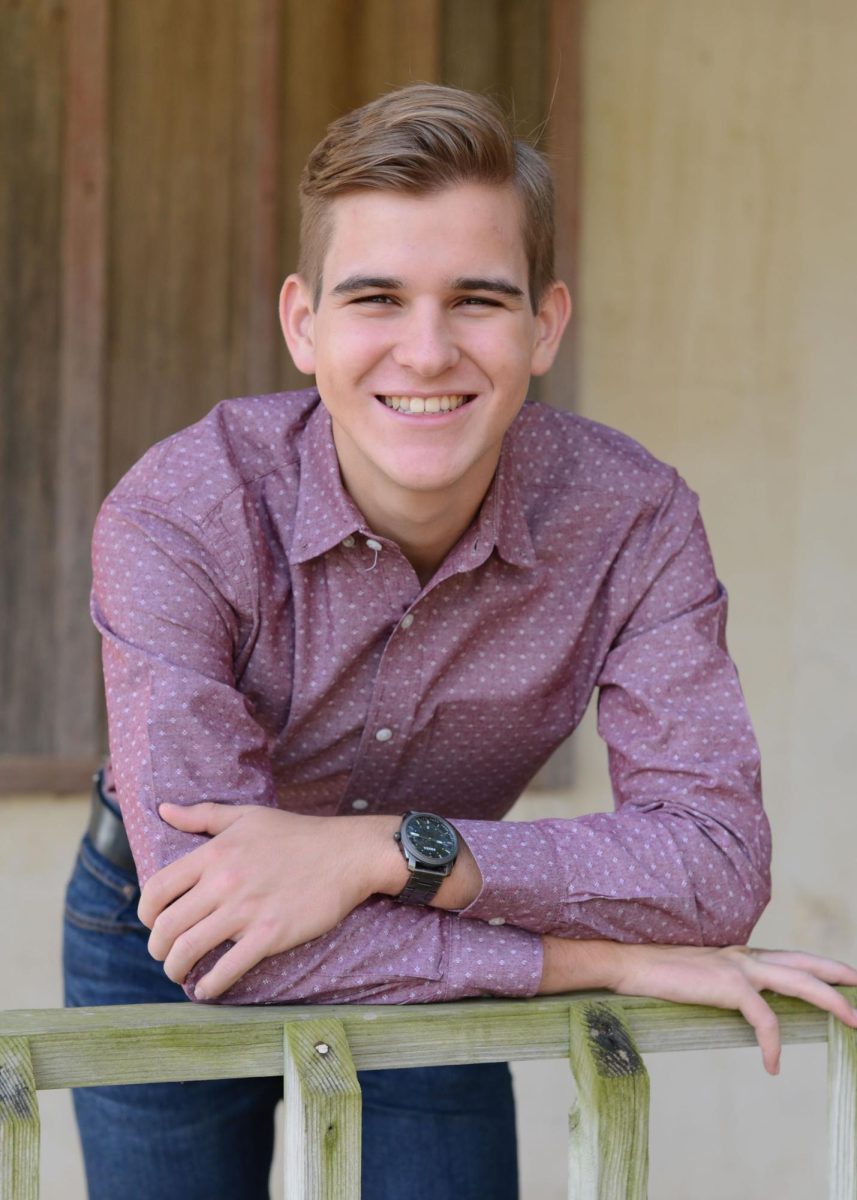“No, I certainly wouldn’t have been able to get away with that if I was a cadet today,” says my grandfather for the 100th time. We sit casually in his home in Austin, comparing our very dissimilar experiences at the same school, in the same organization, in two very dissimilar times. As I scan the mostly black and white pictures in his 1962 edition of the Aggieland yearbook, I begin to contemplate the myriad of stories he tells me, of reassembling a stolen Volkswagen on the rooftops of the dorms, or of engineering students flying handcrafted helicopters to Easterwood Field, or of vulgar cadences called while marching to breakfast, through a new lens. In my mind, I have taken an impossible journey through time, to a scene which is startlingly different, yet strangely familiar. Clad in the iconic senior boots, I visualize the quiet town of College Station as it appeared more than 50 years ago.
“In those days, we had our dates ride into town on the bus from Waco.” My grandfather continues his stories as I flip through his yearbook. At this point in his verbal memoir, he laughs heartily, recalling the days before females were admitted into the university, before the university had shed the title of “College.” He is referring to the dates that accompanied him and his male counterparts on Game Day when they marched into Kyle Field, which I have mistaken for a high school football stadium, humbly packaged into a small photograph that rests on the yearbook page. I struggle to orient myself to the four cardinal directions as they are depicted in the photo, as I attempt to mentally juxtapose the old Kyle Field with the renovated “new” Kyle Field. That is, the Kyle Field seen in a smartphone video that I sent to my father last December, to show him how much it had changed since he had stood in it on Game Day in 1982. I forget that he too bragged to his father — my grandfather — about how much the site had changed in the decades that lay between them.
“I see that the Corps Commander now wears four diamonds,” he observes. I snap out of my mental vacation and return to reality. He is referring to a detail which he first observed on a campus visit two years prior, while examining a portrait of Marquis Alexander, the African-American Corps Commander of my freshman year, who wore four diamonds on his uniform, instead of three. I have no answer to that question, so I change the subject. Next year, I inform him, it will be her uniform upon which the four diamonds shine. To my pleasant surprise, my grandfather receives the news of a female Corps Commander with a beaming grin. I let my mind drift again, into Rudder Theater in 1961. I am standing; the Corps Commander has defiantly stormed out of a briefing given by the theater’s namesake, James Earl Rudder himself. The rest of the cadets are following him. The reason? Well, today, the esteemed president announced to a somber, all-white, all-male Corps, that the student body could soon expect African Americans and females to join its ranks.
I close the yearbook, and begin to contemplate the renovation projects which have recently occupied university landmarks such as the Quad and Kyle Field. I want to fill my grandfather in, to share with him my excitement about the future of Aggieland, but the future is as uncertain to me as Texas A&M University, 2015 edition was to him in 1961. I check my watch — 3 p.m. already, and time for the Old Ag to take his afternoon nap. As I contemplate doing the same, the sound of his voice briefly shakes me out of semi-consciousness. “Well, I can only wonder what your children will have to say about the place. That is, if they decide to go” he mutters sleepily, his head resting on the chair behind him, eyelids closing gently. Me too, Granddad. Me too.
Guest Column By Connor Coombes
Political Science Senior
Past, present and future: Through the eyes of a third generation Aggie Cadet
August 12, 2015
0
Donate to The Battalion
$1815
$5000
Contributed
Our Goal
Your donation will support the student journalists of Texas A&M University - College Station. Your contribution will allow us to purchase equipment and cover our annual website hosting costs, in addition to paying freelance staffers for their work, travel costs for coverage and more!









